For years, the cycling world, myself included, operated under a near-universal assumption: drop bars reigned supreme. More hand positions, enhanced aerodynamics, and a legacy steeped in road racing tradition cemented drop bars as the default choice for performance and versatility. If you were serious about cycling, drop bars were non-negotiable. My own On One Pompino, a trusty steel steed, was initially set up with drops, a reflection of this deeply ingrained belief. Back in 2016, I even wrote about its charming, if somewhat outdated, character, never questioning the drop bar setup.
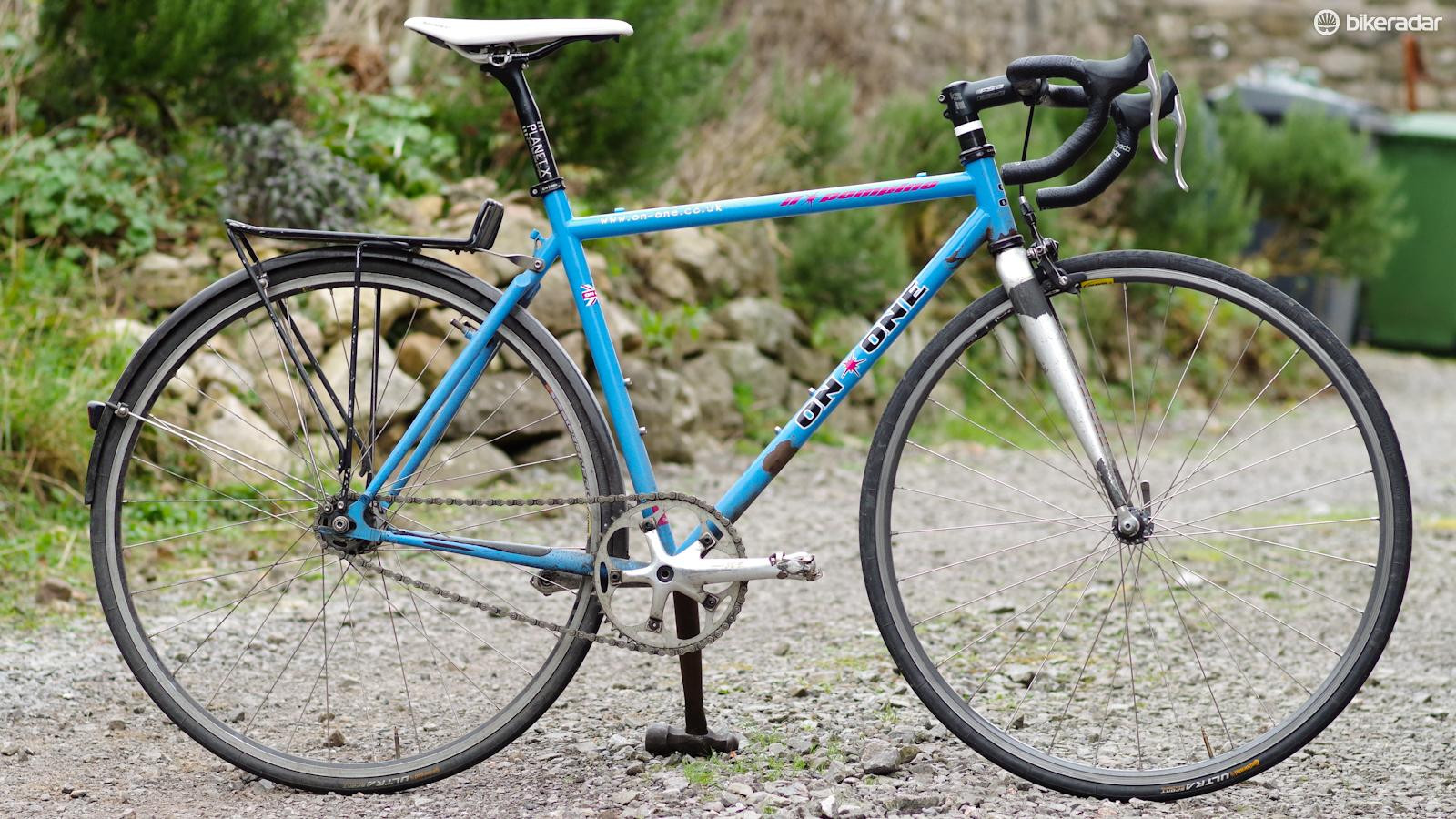 The Pompino with drop bars, before the author considered flat bar alternatives
The Pompino with drop bars, before the author considered flat bar alternatives
This Pompino, pictured with drop handlebars, represents a time before the author’s conversion to flat bars, highlighting the traditional drop bar setup for bikes of this style.
Like many cyclists, I wholeheartedly bought into the idea that drop bars were inherently superior for almost any kind of riding, short of tackling rugged mountain trails. Road bikes had them, cyclocross bikes had them, even my fixed-gear city bike sported them because, well, that’s just what serious bikes had. The notion of considering flat bars on anything other than a mountain bike seemed almost heretical.
However, as time and riding styles evolved, a quiet revolution began in my own perspective. The rigid dogma surrounding drop bars started to soften, replaced by a growing curiosity about alternative setups. This shift culminated in a significant change for my Pompino, a change that challenged my long-held assumptions about what constitutes the “best” handlebar for everyday cycling.
The Case for Ditching Drop Bars: Embracing the Flat Bar Revolution
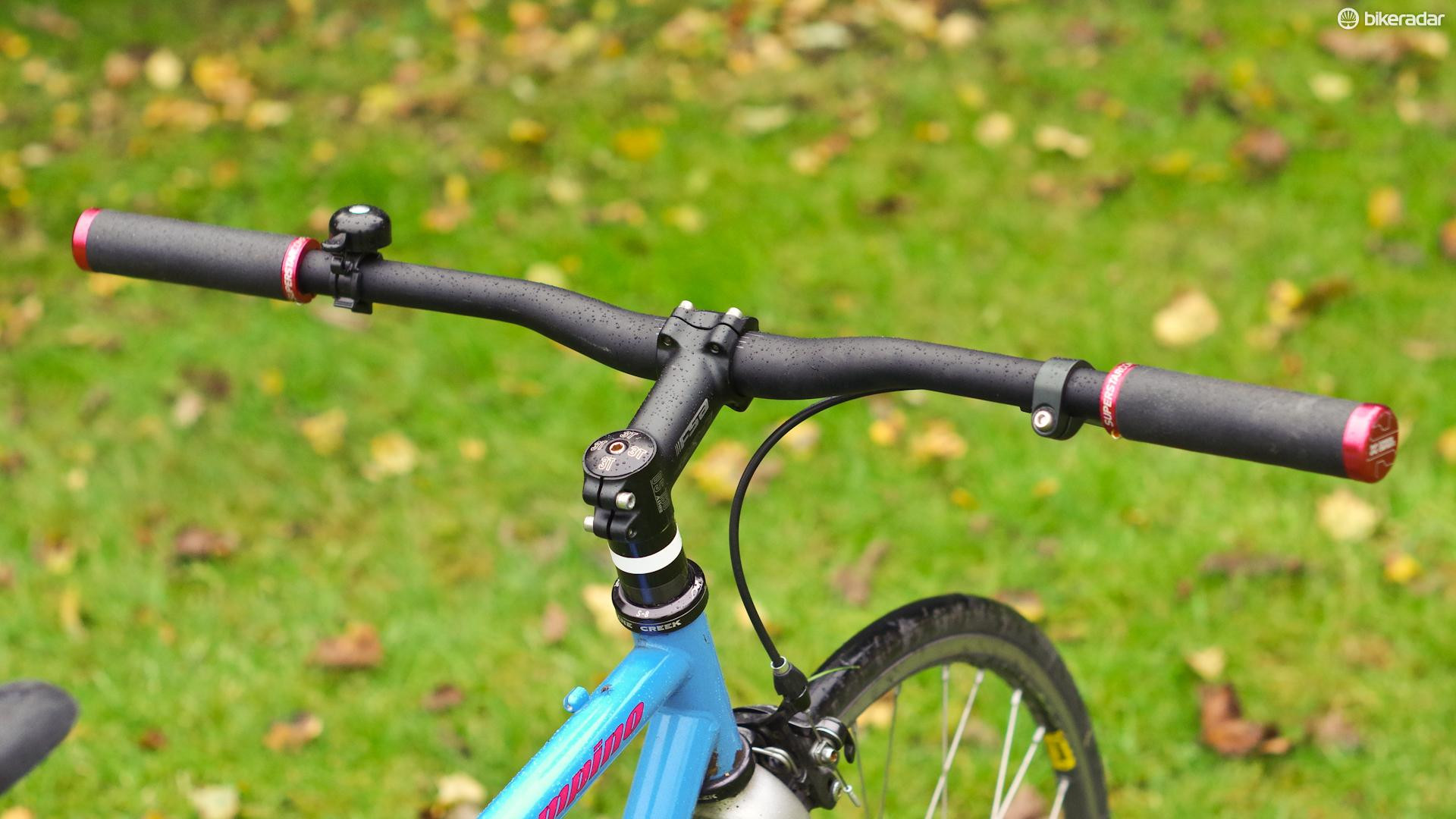 The Pompino transformed with flat handlebars, showcasing the increased space and upright riding position
The Pompino transformed with flat handlebars, showcasing the increased space and upright riding position
This image displays the Pompino after the handlebar swap to flat bars, emphasizing the more spacious cockpit and upright riding posture afforded by this change.
A few weeks ago, I swapped the drop bars on my Pompino for 700mm Deda Mud Border riser bars, paired with a sleek Shimano Tiagra brake lever and comfortable Superstar grips. 700mm might sound moderate in the mountain bike world, where wide bars are the norm, but it’s a considerable expanse in road cycling, where handlebar widths typically hover around the 40cm mark.
This transformation wasn’t a sudden whim but the result of a gradual realization. I began to question the necessity of maintaining a low, aerodynamic riding posture for all my cycling endeavors. My Pompino, primarily used for short urban commutes and errands, simply didn’t demand a flat-backed, high-heart-rate approach. In reality, I found myself spending most of my time on the hoods of the drop bars anyway, rendering the drops themselves largely ornamental.
The shift in perspective also coincided with my growing involvement in mountain biking. Experiencing the enhanced control and responsiveness of flat bars on trails opened my eyes to their ergonomic advantages, particularly the intuitive nature of one-finger braking. This newfound appreciation for flat bar handling began to bleed into my thinking about urban cycling.
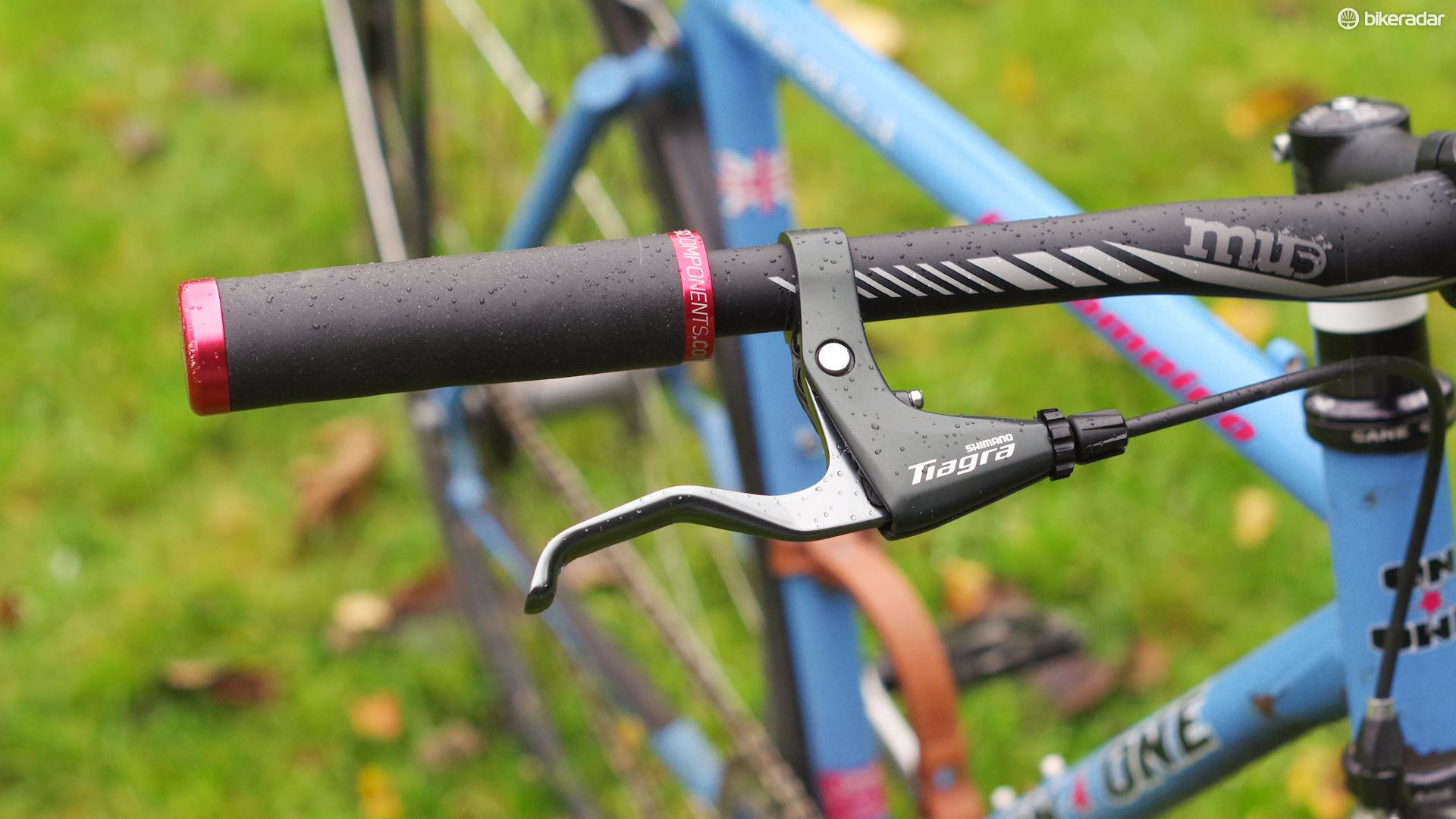 A close-up of the Shimano Tiagra brake lever, highlighting its simple and functional design
A close-up of the Shimano Tiagra brake lever, highlighting its simple and functional design
This detailed shot of the Tiagra brake lever emphasizes its user-friendly design and efficient one-finger braking capability, key benefits of flat bar setups.
Let’s be clear: drop bars remain the gold standard for dedicated road bikes, excelling at covering long distances at speed on smooth pavement. Their aerodynamic profile and multiple hand positions are undeniable assets for endurance and performance road cycling. However, for a city bike navigating urban traffic, short commutes, and equipped with practical flat pedals, the narrative changes. In this context, the wider, more upright stance of flat bars offers surprising advantages.
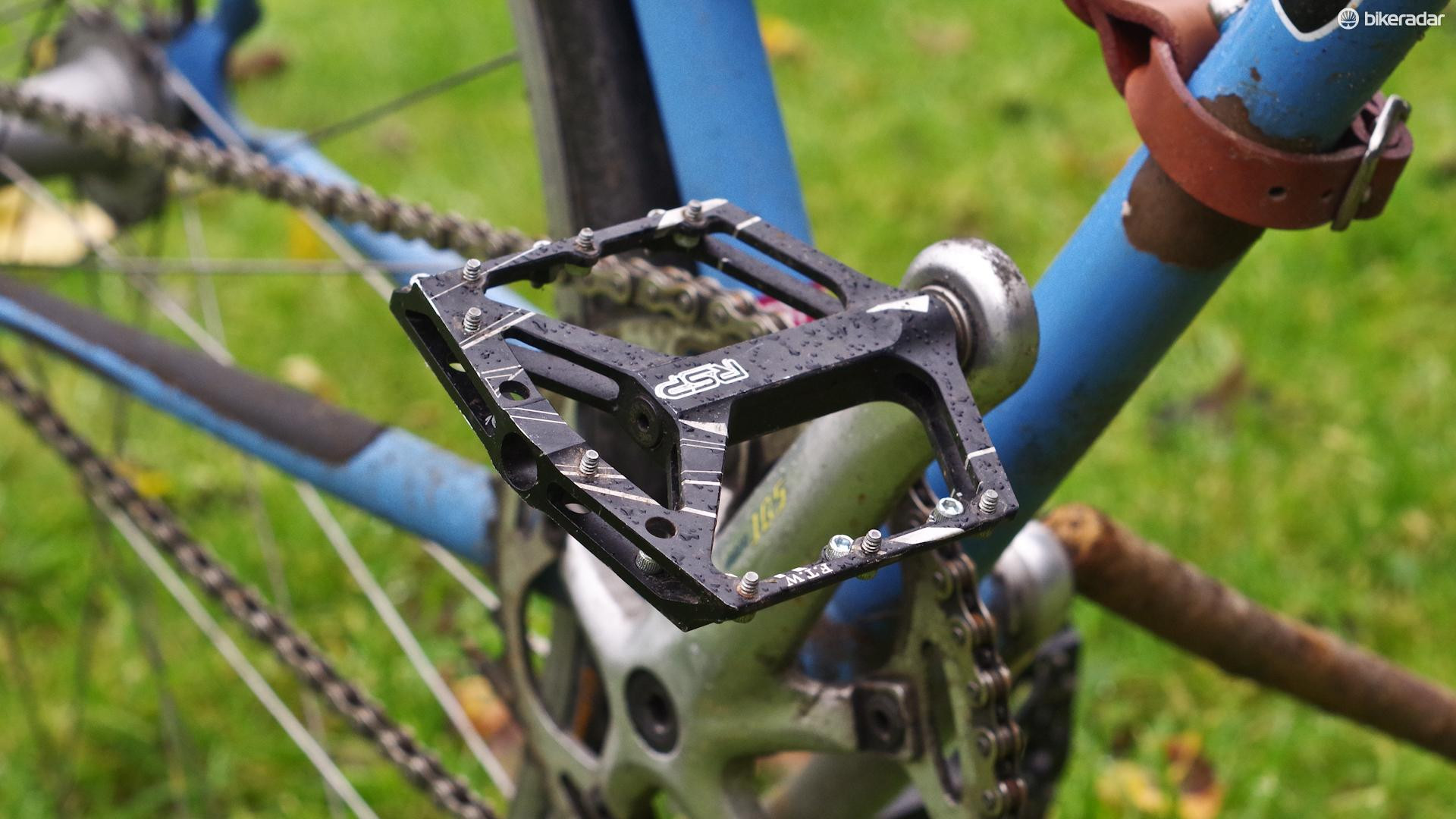 The author's foot on a flat pedal, symbolizing the practical and accessible nature of flat pedal setups for urban riding
The author's foot on a flat pedal, symbolizing the practical and accessible nature of flat pedal setups for urban riding
This image of a foot on a flat pedal underscores the practicality and ease of use associated with flat pedals, often complementing the flat bar setup for city and commuting bikes.
One unexpected benefit of the flat bar conversion was improved climbing ability. While the hand position does place slightly more stress on the wrists during steep inclines (perhaps not ideal for tackling Alpine passes), the increased leverage provided by the wider bars more than compensates for shorter, sharper climbs. A hill that previously prompted thoughts of gear ratio adjustments now feels easily manageable, a testament to the leverage advantage of wider handlebars.
Are there drawbacks? Squeezing through impossibly narrow gaps in traffic becomes slightly more challenging, though this was never a regular maneuver in my riding style. Navigating doorways at home with the wider bars also requires a touch more care, a minor inconvenience outweighed by the overall gains in practicality and comfort. Mountain bikers embraced the benefits of wider flat bars for single-speed setups long ago, a lesson that perhaps took me longer to fully appreciate in an urban context.
The Open Mind and the Evolving Bike Setup
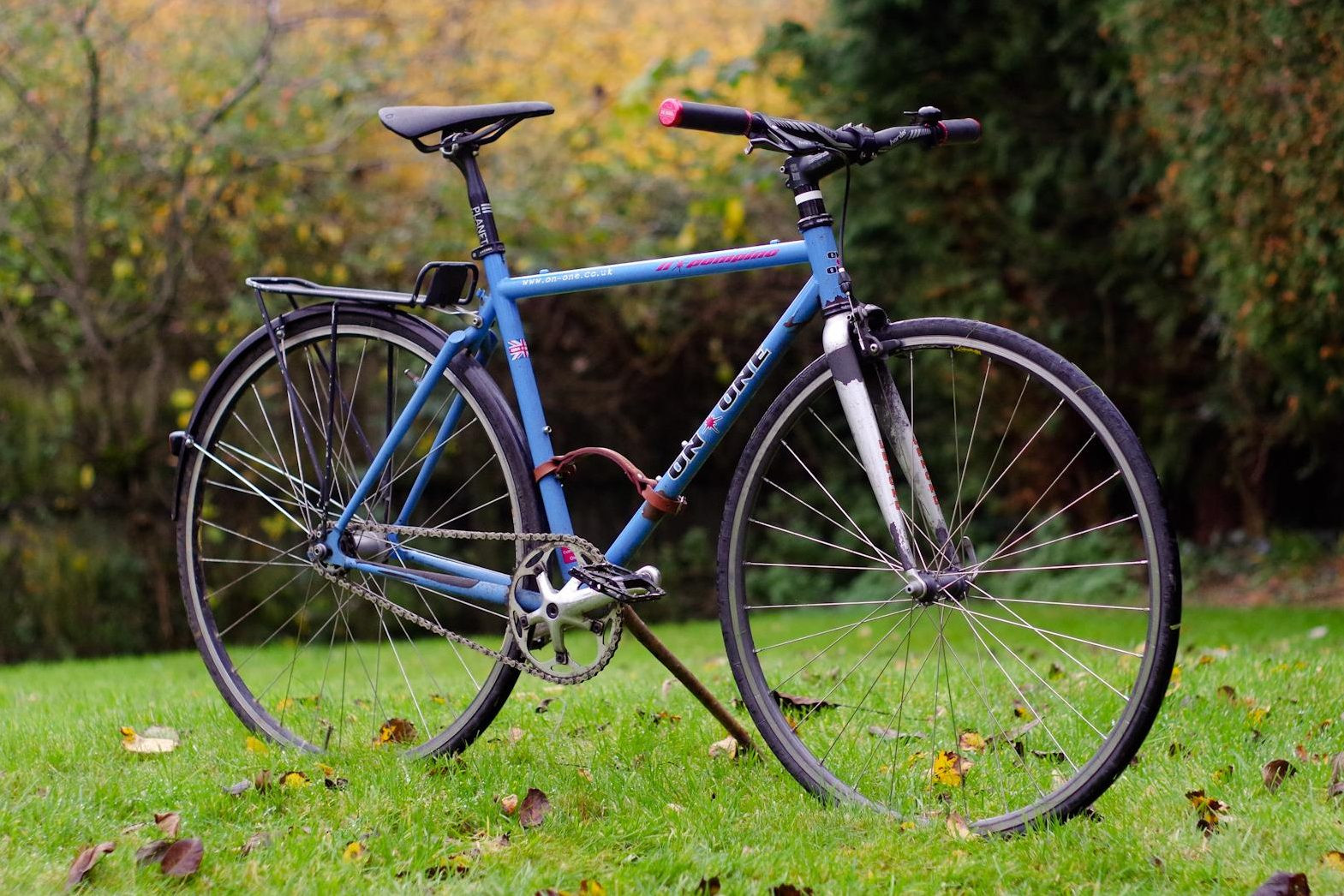 The Pompino in its final flat bar configuration, highlighting its aesthetic appeal and functional urban design
The Pompino in its final flat bar configuration, highlighting its aesthetic appeal and functional urban design
This final image of the Pompino with flat bars emphasizes its visually appealing transformation and its suitability as a practical and stylish urban bike.
The Pompino’s handlebar transformation serves as a valuable reminder: maintaining an open mind is crucial, especially when it comes to passions like cycling. As bike reviewers, we constantly encounter new ideas and innovations, and the initial reaction can sometimes be dismissive. However, it’s essential to question these instinctive negative responses. Is an idea truly flawed, or does it simply challenge our existing perspectives?
I recall my initial skepticism towards dropper posts for mountain bikes. They seemed like an unnecessary extravagance. Now, I wouldn’t consider riding a mountain bike without one. Similarly, electronic shifting was once met with raised eyebrows by many, yet it has proven its effectiveness and, for some, its necessity.
The world of cycling is constantly evolving, and being open to change, even challenging long-held beliefs about components like drop bars, can lead to unexpected improvements in comfort, control, and overall riding enjoyment. What cycling conventions have you reconsidered, and what changes have surprised you the most?
